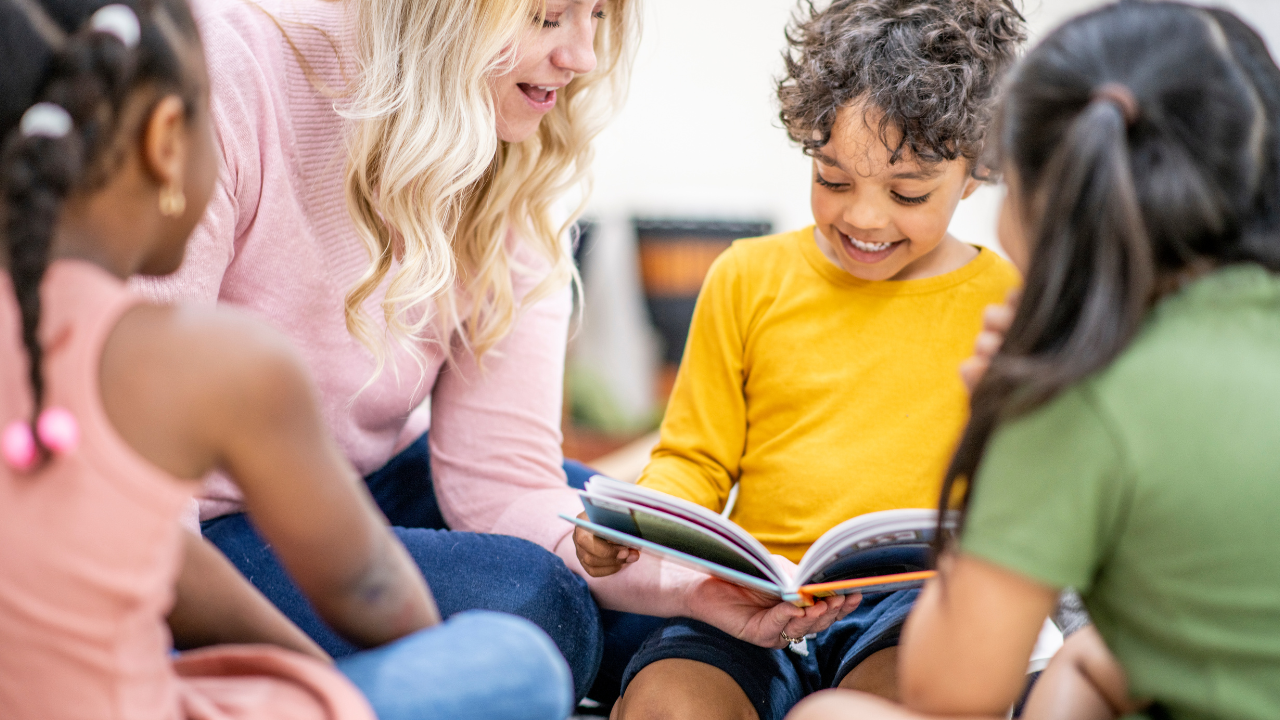
28 Mar Study underscores the need for new early childhood education measurement tools
Traditional classroom quality measures may overlook individual children’s diverse learning experiences, even within the same classroom. New tools are needed to improve outcomes for all children.
A recent Early Learning Network study, led by researchers at the University of Michigan, MDRC and the Harvard Graduate School of Education in partnership with Boston Public Schools (BPS), adds valuable evidence to improving future early childhood education assessments of quality — an essential step for shaping effective practices and promoting equitable outcomes.
The research team tested an observational measurement system that captures highly detailed, child-level data — Individualizing Student Instruction (ISI) — to understand its potential to capture children’s individual learning experiences.
The team’s findings, published in Early Childhood Research Quarterly, underscore the need to develop more nuanced tools to measure quality in early childhood education, as well as rigorous evaluation of existing tools, to better address children’s learning needs.
Why it matters
High-quality early learning environments are foundational to children’s success. Capturing child-level data on instructional experiences, as compared to more global measures of classroom quality, may be important for increasing equity and improving children’s outcomes in the early grades.
“No two children experience the learning environment in the same way,” said Christina Weiland, co-principal investigator, University of Michigan. “The study highlights the complexity of early childhood education and the importance of adopting child-level measurement approaches to capture individual learning experiences.”
The study
Researchers examined child-level data from the ISI measure to understand individual children’s learning opportunities and experiences in Boston prekindergarten and kindergarten classrooms. The sample included 263 pre-K students and 390 kindergarteners with demographically diverse characteristics with respect to language, family income and race/ethnicity.
The team examined two directions for improving early childhood measurement in classrooms:
- Measuring specific content (literacy, math, science, etc.).
- Measuring different learning formats (whole group, small group, individual, etc.).
The study sets out to achieve three primary aims:
1. Explore variation in learning experiences across children within the same classroom.
2. Investigate whether student characteristics predict their learning experiences.
3. Examine whether children’s individual learning experiences predict gains in their language, literacy, math and executive function skills.
Key findings
- Learning experiences varied by child characteristics.
- In pre-K, children from low-income families, Black students and Latino students spent more time on broadband literacy skills (e.g., verbally sharing or explaining their thinking, defining vocabulary and reading comprehension) than their peers in the same classroom. However, in kindergarten, these patterns were reversed, except for girls.
- In pre-K, there was little variation in children’s experiences by their baseline skills and none by dual-language learner status. In kindergarten, children who started the year with high-vocabulary skills spent more time on broadband literacy skills and less time on math instruction, while DLLs spent less time on broadband skills.
- Children’s learning experiences varied by content area and learning format.
- Content was more consistent in math in both pre-K and kindergarten, with greater variation evident in language and literacy.
- In pre-K, results for constrained vs. unconstrained skill types differed markedly. There was greater child autonomy in pre-K classrooms, with more leeway to choose unconstrained language activities.
- Regarding learning formats, including whole group, small group and center activities, teachers drove variation in both pre-K and kindergarten.
- Variation in individual children’s learning experiences did not consistently predict children’s language, literacy, math or executive function gains.
What this means
Overall, the results support the hypothesis that traditional classroom-level observational measures may overlook important variation in learning experiences across individual children in the same classroom. The study found that learning experiences can differ not only by grade, but also by content area and learning format. Additionally, the study adds new evidence showing the value of distinguishing more broadband from more narrow language, literacy and math learning experiences.
“Child-level measures, like the ISI, can also detect differences in children’s learning experiences by subgroups — something that global classroom-level measures cannot do — and that may be important for promoting greater equity within the classroom,” Weiland said.
The study has important limitations, including a relatively small sample measured in just one school district. However, the findings build on prior work and illustrate the power of individualized measures in early education experiences, an approach that is not typically used.
Recommendations
- Researchers should continue developing and validating classroom quality measurement tools to advance our understanding of early childhood education and promote positive outcomes for all young learners.
- Researchers, practitioners and funders should prioritize future early childhood education measurement efforts that target inequities within classrooms, with a particular focus on kindergarten settings.
Dig deeper
Read the full research paper:
“Learning Experiences Vary Across Young Children in the Same Classroom: Evidence from the Individualizing Student Instruction Measure in the Boston Public Schools” Early Childhood Research Quarterly (2023)
Christina Weiland, Lillie Moffett, Paola Guerrero Rosada, Amanda Weissman, Kehui Zhang, Michelle Maier, Catherine Snow, Meghan McCormick, JoAnn Hsueh and Jason Sachs

